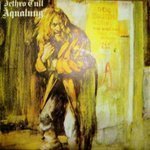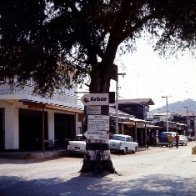East-west Economic Corridor Needs More Planning
-
Recently Browsing 0 members
- No registered users viewing this page.
-
Topics
-
-
Popular Contributors
-
-
Latest posts...
-
85
Report Welshman Heads Home After Medical Emergency in Thailand
Travel insurance or not glad the young man is back home. -
27
[QUIZ]6 September- Muscle Cars - Trivia and Recognition
I just completed this quiz. My Score 62/100 My Time 113 seconds -
39
-
47
[QUIZ] 8 October - Car Manufacturer’s Logos Part 2
I just completed this quiz. My Score 90/100 My Time 75 seconds -
76
Are You a Farang Kee Nok?
I'm familiar with that expression but my Thai friends call me Law... -
25
[QUIZ]Famous Battles
I just completed this quiz. My Score 40/100 My Time 131 seconds
-
-
Popular in The Pub









Recommended Posts
Create an account or sign in to comment
You need to be a member in order to leave a comment
Create an account
Sign up for a new account in our community. It's easy!
Register a new accountSign in
Already have an account? Sign in here.
Sign In Now